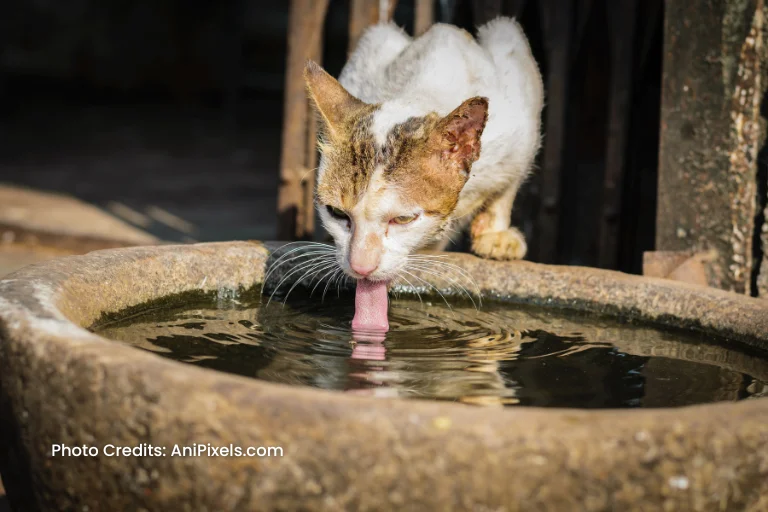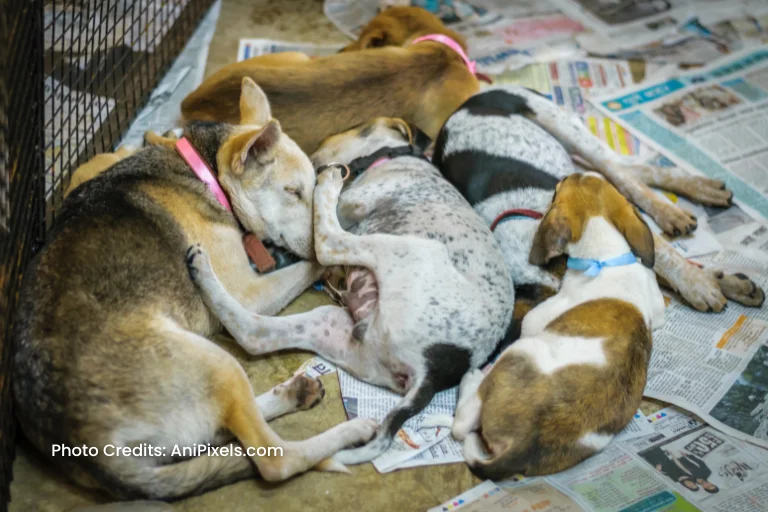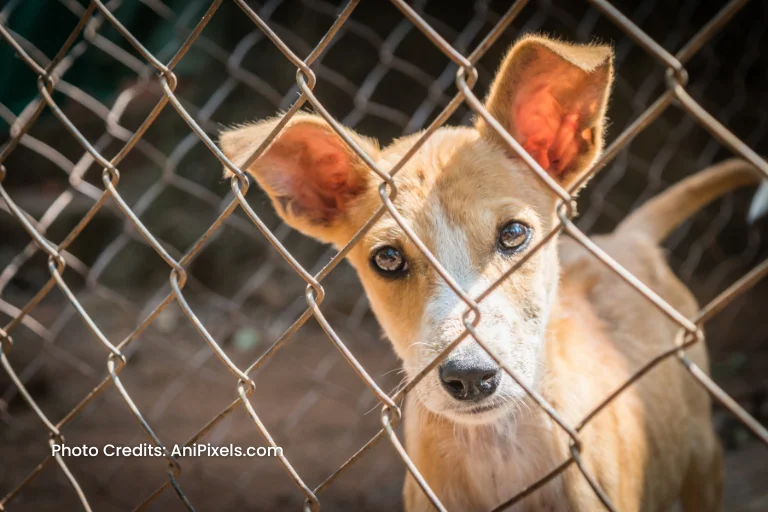
From Compassion to Coexistence: A Guide to Responsible Community Animal Feeding
The bustling streets of India are often shared by humans and another kind of resident – community animals. These community animals, free-roaming dogs and cats, navigate our urban landscapes with resilience, facing challenges like hunger and exposure. While the sight of these animals tugging at our heartstrings is expected, there’s a more impactful way to show compassion – responsible feeding.
Why Feeding Matters: Beyond Filling Bellies
Providing food for community animals goes beyond simply filling their bellies. It’s about building trust, fostering positive human-animal interactions, and ultimately, promoting animal welfare.
A hungry animal, desperate for scraps, can become a source of conflict. In their search for sustenance, they might scavenge for food in garbage bins, approach people for handouts, or even get into conflicts with other community animals. By offering regular, nutritious meals at designated spots, we can alleviate their hunger, reduce the likelihood of such conflicts, and promote peaceful coexistence.
Positive Impacts: A Ripple Effect of Responsible Feeding
Responsible feeding benefits for both animals and humans. Here’s how:
- Reduced Conflict: Well-fed animals are less likely to engage in behaviours that could cause tension, such as scavenging or territorial behavioural issues..
- Improved Animal Health: Nutritious food provides essential vitamins and minerals, boosting their immune system and overall health.
- Stronger Human-Animal Bond: Consistent feeding fosters trust and positive interactions between humans and animals in the community.
Cleanliness is Key: Creating a Safe Space
While feeding is crucial, how we do it matters a lot. Here are some key aspects of responsible feeding:
- Designated Feeding Spot: Choose a quiet location away from high-traffic areas like playgrounds or residential buildings. This creates a safe space for animals to eat without causing disruption.
- Cleanliness Matters: Leftover food scraps and bowls can attract pests and create unpleasant odours. Always clean up after feeding sessions, keeping the environment hygienic for everyone.
- Respecting the Community: Be mindful of local residents who may appreciate something other than feeding in specific locations. Open communication and a clear approach can go a long way in building understanding.
Fresh Water: A Lifesaver

Especially during scorching Indian summers, access to clean water becomes a critical need for animals. Leaving a large bowl filled with fresh water alongside food ensures they stay hydrated and healthy. Remember to refill the bowl regularly for continuous access.
Beyond Feeding: Supporting Community Animals

Providing food is a crucial act of kindness for the community animals we encounter daily on our streets, but there’s more we can do to ensure their well-being. Here are some ways to extend your support beyond the feeding bowl:
Supporting Animal Rescue Organisations:
India has a network of dedicated charities tirelessly working to rescue, rehabilitate, and find loving homes for community animals in need. Consider volunteering your time, donating funds, or simply spreading awareness about their work. Every little bit helps!
Spreading Awareness:
Let’s talk about those adorable community animals we encounter daily. Educating ourselves and others, especially children, about their psychology is crucial. Understanding how to approach them with respect and the importance of sterilisation and vaccination goes a long way in ensuring their well-being.
The Importance of Sterilisation:
Sterilisation, commonly known as spaying and neutering, is a simple surgical procedure with profound benefits for both community animals and the community as a whole:
- Reduces Overpopulation: Uncontrolled breeding leads to a surge in stray animals struggling for resources, facing neglect, and often ending up in shelters. Sterilisation effectively controls the population, preventing unnecessary suffering.
- Minimises Conflict: Territorial fights and aggressive behaviour are often driven by the urge to mate. Sterilisation helps create calmer communities for both animals and humans.
- Improves Health: Sterilisation reduces the risk of various diseases like reproductive cancers and infections, leading to healthier and happier animals.
Collars with Caretaker Contact Details:
Colourful collars with clear contact information for caretakers serve multiple purposes:
- Identification: Collars help distinguish community animals who are being cared for from strays, preventing unnecessary interventions.
- Responsibility: It encourages responsible feeding practices, ensuring animals receive proper nutrition and avoiding overfeeding.
- Building Connections: Collars with contact details foster a sense of community and allow people to report any concerns or offer additional support.

By taking these steps, we can move beyond simply feeding and create a more compassionate and responsible environment for the community animals who share our streets. Remember, even the most minor actions, when multiplied by many caring individuals, can make a significant difference in the lives of countless animals.
Sharing Your Story: A Celebration of Compassion
Are you a dedicated community animal feeder? We’d love to hear your story! Share your experiences – the challenges you face, the positive impact you make on animal lives, and how responsible feeding has fostered a sense of community. Let’s celebrate the compassion of everyday people who make a difference!

